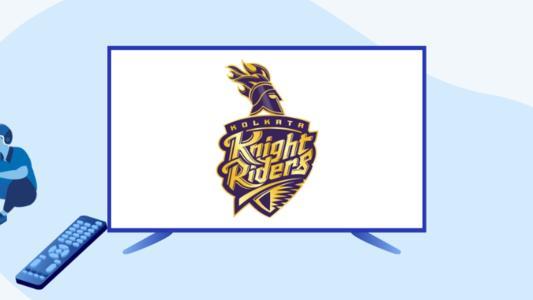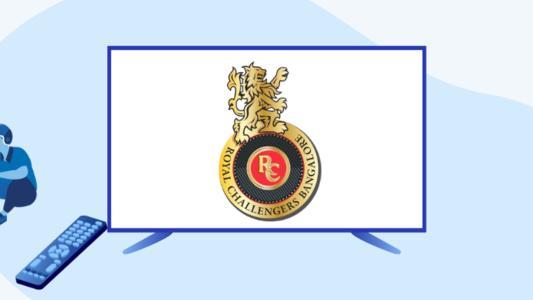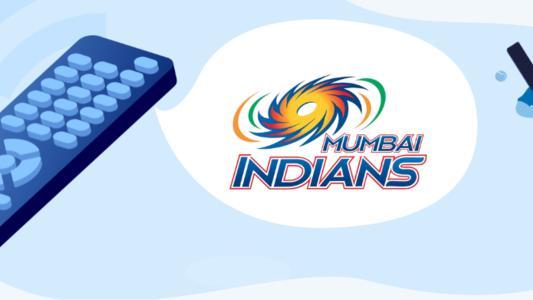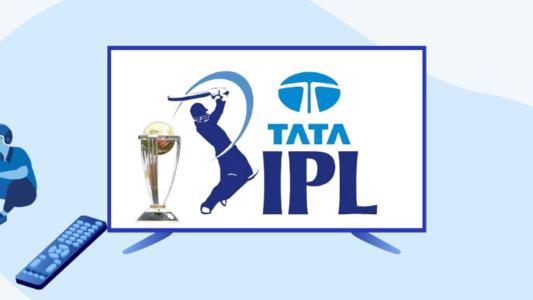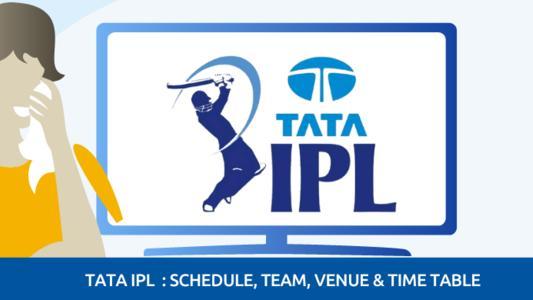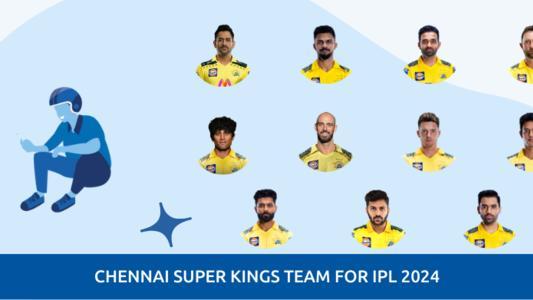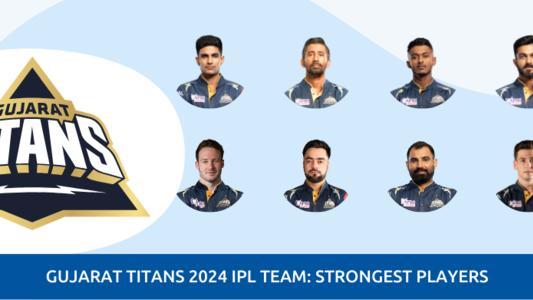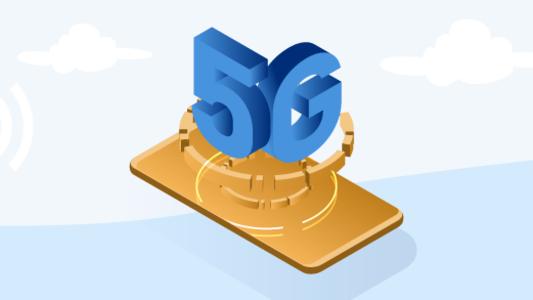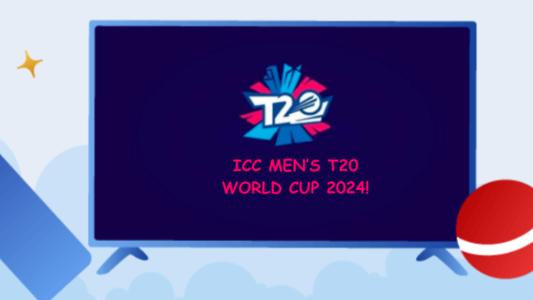The Most Recent Challenges & Opportunities For The Indian DTH Industry
In 2003, the very first DTH provider was introduced in India by the Zee Group, which was known as Dish TV. It became the one and the best DTH in India until 2006, when it was joined by other providers such as Tata Sky, Reliance Big TV, as well as Airtel Digital TV, amongst many others, and thus the market became congested and competitive in 2007-08.
Furthermore, the public broadcaster offers FTA DTH DD Freedish (previously DD Direct+). According to the Telecom Regulatory Authority of India (TRAI), the DTH sector had 70.58 million subscribers in 2020. Currently, the best DTH services in India and their customer base is as follows:
- DishTV: 30%
- Sun Direct: 25%
- Tata Sky: 22%
- BIG TV: 13%
- Airtel: 8%
- D2H: 2%
Over the last year, all direct-to-home (DTH) operators in India have accepted the ecosystem transformation. To address the challenge presented by OTT companies, the industry has begun to significantly rethink its services. For example, in the past year, many DTH providers initiated partnerships with various OTT platforms to provide a complete package to their subscribers and keep them hooked.
But, is this enough?
In this blog, we’ll discuss the growth of the DTH sector in recent times, along with the recent challenges that the sector is facing due to the COVID-19 pandemic and the introduction of streaming services.
The Growth of The DTH Sector
India, with its rising population and economy with over 1 billion users, was a prime destination for Satellite TV providers in the past decade. Earlier to DAS, DTH businesses had a fantastic opportunity to create a profitable distribution company since Cable TV posed no competition to DTH.
A distributed antenna system, or DAS, is a network of geographically dispersed antenna nodes that are linked to a common source via transport media to offer wireless coverage within a geographic region or structure.
From April 2019, the method for calculating paying subscribers has evolved. According to the new regulation, a number of active subscribers include only those who have been inactive/temporarily terminated for not over 90 days (it used to be a 120 days period till March 2019).
Despite the chance, DTH was unable to overtake Cable TV as the major distribution option. The cause for this is the required installation of DAS as well as HITS throughout this time period, which made Cable TV affordable and allowed it to maintain its dominant position. DD FreeDish gained traction during this period as well and was quickly embraced in low ARPU areas.
Comcast's Managed Satellite Distribution service, commonly known as Headend in the Sky or HITS, is a satellite multiplex service that distributes cable channels to cable television companies.
During this period, the amount of Satellite TV channels authorized in the country increased dramatically. Over the previous 10 years, it has grown at an astonishing pace of more than 50% in both news as well as non-news categories. The large bulk of them are free-to-air channels. Here are some reasons for the growth of the DTH sector in India.
The revenue earned per user or unit is measured as the average revenue per unit (ARPU). It is computed by dividing the total income earned during a given time period by the number of network users.
Satellite Capacity Is in High Demand
Ku transmitters are an essential component of DTH services in India. As the total number of registered satellite TV channels increased, so did the demand for greater satellite capacity. With the present distributed capacity, neither of the operators can fulfill the need to broadcast all registered TV channels on their separate DTH networks.
Mergers & Consolidation
In 2016-17, a wave of partnerships and consolidation began. With fierce competition, the assault of new-age distribution networks, and a tight regulatory environment, DTH operators' survival has become a big question. The initial move toward consolidating was the merging of Videocon D2H and Dish TV, which resulted in the combined firm being the biggest in the country, accounting for 45 percent of total DTH active customers. This was preceded by one of the providers ceasing services last year.
The merger agreement between Airtel and Dish TV has indeed been withdrawn owing to structural issues. The successful transaction would have produced the industry's biggest, with more than 55% of total active accounts.
It will be interesting to witness how these two providers develop in the following years. The difference between the top two operators is quite small, and they are pretty much equal for the top spot. It remains to be seen whether these two operators would solidify their dominant positions.
The Challenges Faced By The DTH Sector
Despite this development, DTH faces a number of difficulties, including the threat of cable television and the increasing use of bandwidth, which is driving customers to internet TV. The only way for DTH providers to survive is to adapt to the new data and internet era.
The Rise of Consumption Via The Internet
According to a Crisil analysis, data usage has grown 24 times in the previous five fiscal years. Consumers have been watching more material online as telecom providers' data rates have been reduced and broadband availability has increased.
According to a KPMG-Ficci research, 49 percent of data was consumed in 2016 when viewing movies online. By 2021, the proportion is anticipated to reach 75%. Pricing for these platforms is either lower or comparable to that of DTH and cable operators. This position is driving DTH providers to provide greater programming, lower rates, and more channels.
Unable To Adapt To The Market
One of the biggest disadvantages of watching television is the set prime time. When it comes to internet content, it is available at all times. According to the 2017 Ficci research, more people are viewing their favorite shows online, and this trend is expected to continue in the future years.
This poses a significant threat to DTH providers such as Dish TV and Airtel. DTH providers must not only commit cash to assist the digitization process, but they also face stiff competition from internet TV. Because the majority of homes have not entirely switched to internet TV, DTH providers have reacted to the market and are now offering internet TV alongside their usual offerings.
High Fees & Lack of Digitisation
License fees and taxes are additional obstacles to the expansion of DTH businesses. These, along with cheap rates, are one of the causes for the DTH industry's low ARPU (average revenue per user). For example, Bharti Airtel reported a 2.1 percent year-on-year drop in ARPU to 228 in the June quarter.
The Centre's digitalization of cable television is not yet complete since most people, particularly in rural regions, prefer cable service or cannot afford set-top boxes; this has a detrimental influence on DTH players.
With DD now giving free dish services, the DTH industry faces yet another challenge. As competition heats up, DTH providers may be compelled to cut their rates, putting strain on their profitability.
While these challenges are surely hindering the growth of DTH services, there’s no doubt that the growth of this sector will continue to grow due to the many upgrades that the providers are making to their services to engage their subscribers.
Top DTH Service Providers in India
India now has the world's biggest DTH industry, while Indian DTH providers are currently using ISRO satellites. Mentioned below are the top DTH service providers in India.
DishTV
DishTV India is the country's most reputable DTH television service provider. Dish TV combined with Videocon d2h in November 2016 in becoming India's biggest DTH service.
D2H
Following the merger with Dish TV, Videocon D2H has now become a component of Dish TV India, which provides services to both residential and business customers, and is the country's biggest DTH network operator.
Airtel Digital TV
Airtel Digital Television owned and managed by Bharti Airtel started in October 2008 and is among the major Indian direct-broadcast satellite network providers.
Tata Sky
Tata Sky is a collaborative effort between both the Tata Group as well as the Walt Disney Company, and this is the first Indian DTH company to offer 4K set-top devices. This is also the first Indian DTH services company to be ISO certified.
Independent TV
Independent TV, formerly named Reliance Big TV, is yet another well-known DTH satellite provider managed by Reliance Communications. The firm is renamed Independent TV by Pantel Technologies with Veecon Media.
DD Free Dish
Doordarshan, one of two Prasar Bharati segments, India's largest and most important broadcasting organization, owns and operates DD Free Dish or DD Direct Plus. DD Direct Plus is India's sole free DTH network operator, with over 30 million subscribers.
Sun Direct
Sun Direct has almost 6.2 million active members and was the first one in India to offer high-definition television channels. Sun TV Network, an Indian mainstream media business, is a subsidiary of Sun Group, which also owns the Hyderabad-based IPL franchise Sunrisers Hyderabad.
Zing Digital
Zing Digital is a division of Dish TV India that presently serves in the Indian states of Kerala, West Bengal, and Odisha offering local languages with local packages.
Conclusion
A majority of the Indian population still doesn’t have the adequate means to stream content on the internet. Hence, the entire transition to Internet TV will occur only in the long run, by which time DTH companies would have improved technology.
To know more about DTH updates in India and how to get a connection, keep reading Selectra.
